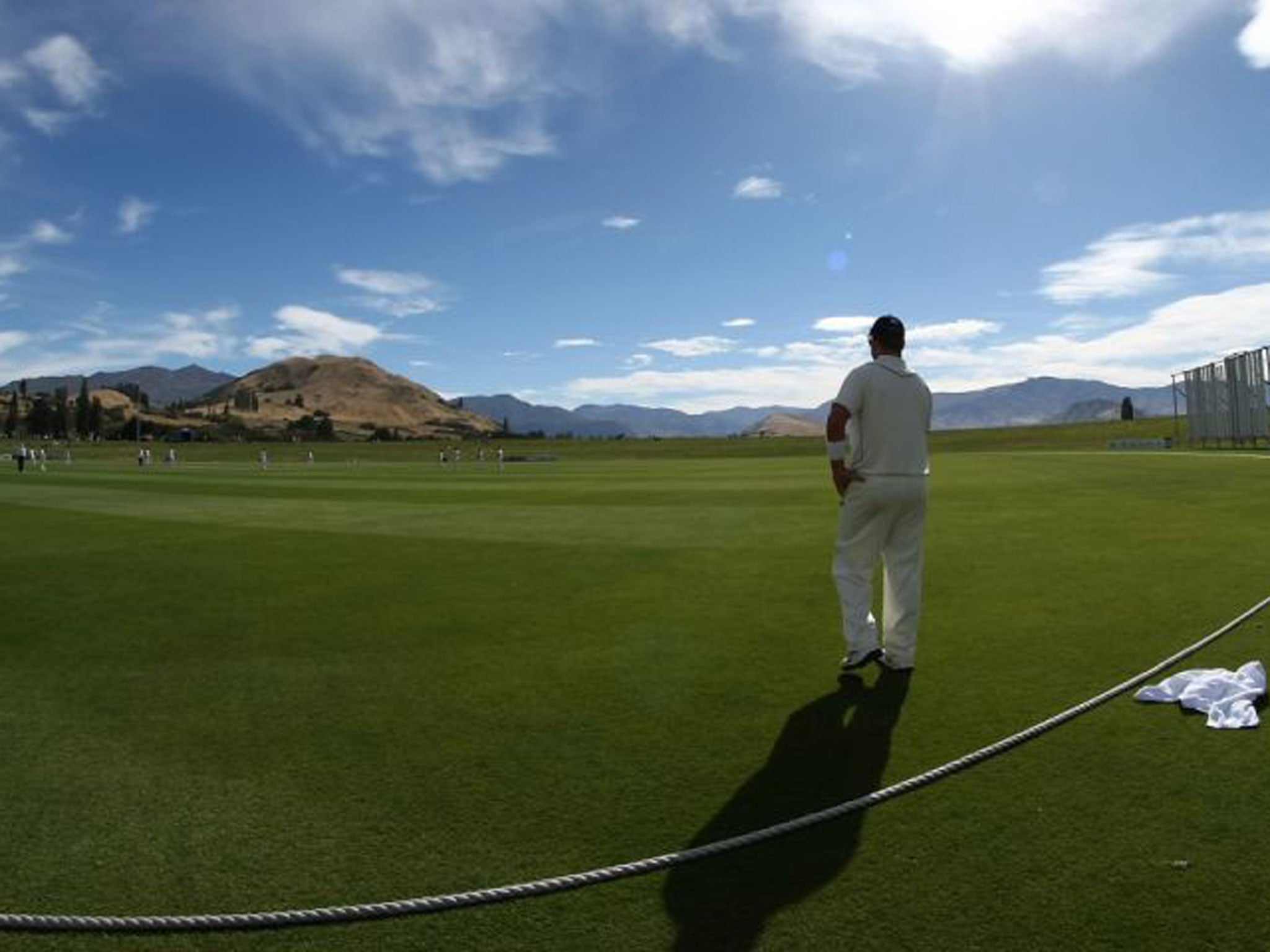England behind Australia in drugs war

English cricket is lagging almost six years behind Australia in its approach to drug testing, it has emerged. As the England and Wales Cricket Board re-examines its policies after the tragic death of Tom Maynard and looks to out-of-competition testing for recreational substances and taking hair samples, their international rivals have made them look slow off the mark.
Cricket Australia has been taking measures to prevent the use of recreational drugs outside of match days since 2007 and also targeted tests at those individuals who are believed to be most at risk. "It is a medical model with the aim of identifying any players that are using illicit substances and then helping them deal with any issues they may have in this area," says Paul Marsh, the head of the Australian Cricketers' Association.
"While there are sanctions attached to repeated positive tests, the focus is on educating, identifying and rehabilitating our players. Testing is generally random but players can be target -tested if there are suspicions of illicit substance usage by individual players."
In July 2012 Cricket Australia also introduced hair sampling in a bid to identify players using recreational drugs, something which is now being considered in Britain.
As illustrated by the Maynard inquest's findings on Tuesday, drug detection through hair follicles is a far more effective means of testing for substance abuse than using either urine or saliva samples.
In a model based on that used by Australian Rules Football (AFL), the year-long trial is still ongoing but Marsh says he believes that, alongside targeted testing of individuals suspected of drug use, it was the most effective means of identifying and then supporting those cricketers in need.
"Cricket is a different sport to many in that our players are travelling all over the world for Australia, county cricket or the Indian Premier League – the ability to detect illicit drugs in a sample can be gone very quickly," says Marsh.
"At this stage, the testing is for statistical purposes only and as such positive tests don't count as 'strikes' against players. We will, however, be reviewing the use of hair testing at the end of 2013 with the view to introducing it as a formal testing method. Illicit substance usage is a genuine societal issue and as such we have to assume that cricketers, like everyone else, are at risk."
That is a message that has been hammered home this week and Angus Porter, the head of the Professional Cricketers' Association, said that although targeted testing was available to the anti-doping authorities in this country, he was unsure of the extent to which it had been used in the past.
"I don't know whether it has been done," he said. "I do know that it's available to the clubs but, as you know, we've had only one positive outcome in the last five years [Somerset and Pakistan's Abdur Rehman failed a random drugs test for cannabis last season] so if it has been used it certainly hasn't found anything."
Whether it is stepped up from here on in only time will tell but, regardless, Marsh believes that the shockwaves caused by Maynard's death have spread across the world. "The Tom Maynard tragedy will provide an example to all cricketers of the dangers of illicit substance usage," he said.
Tony Adams, founder of the Sporting Chance rehabilitation clinic, claimed this week that the centre has already been treating cricket players.
However, in terms of those currently on England duty, Stuart Broad has claimed they are subjected to a "pretty stringent" testing programme. After day two of England's Test warm-up against a New Zealand XI in Queenstown, he said: "We have to fill out an hour a day where we're available for drug-testing. After a tragic case like that, it's great to see they're looking for improvements."
So, too, is he, on the pitch. Broad had to work very hard for meagre rewards as a New Zealand XI replied to England's 426 all out with 224 for 6. He took just one wicket – his first of the winter in first-class cricket, after his troubles in India - yet Broad got through 15 overs without significant discomfort from the chronic heel injury which compromised his performances before Christmas.
Join our commenting forum
Join thought-provoking conversations, follow other Independent readers and see their replies
Comments
Bookmark popover
Removed from bookmarks